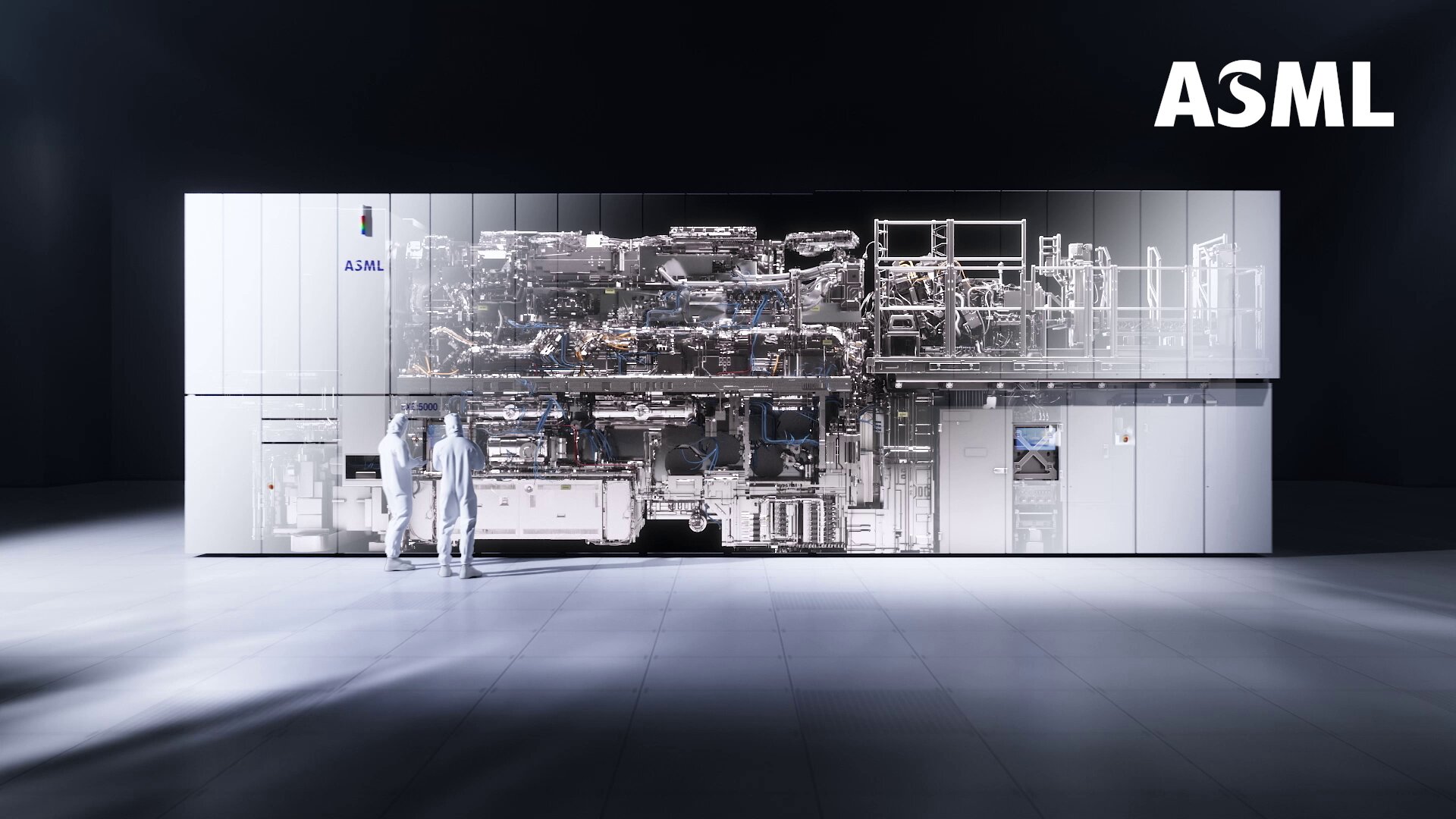With the acceleration of technological innovation and digital transformation, ASML predicts that the global semiconductor market is expected to exceed the $1 trillion mark by 2030, and the vigorous development of artificial intelligence has become the core driving force of this growth. The application of AI technology is rapidly expanding in various fields, from self-driving cars to smart homes to complex industrial automation systems, and the demand for high-performance computing chips is growing day by day. ASML expects this growth to drive the semiconductor industry to €60 billion in annual revenue by 2030, showing the industry's huge growth potential.
According to McKinsey's analysis, the overall annual growth rate of the semiconductor industry is likely to average 6% to 8% by 2030. This growth rate will propel the semiconductor industry to a trillion-dollar industry by the end of the decade. Among them, the automotive industry (especially electric vehicles), data storage, and wireless industries are expected to contribute about 70% of the growth.
AI model training and inference rely on chips with superior computing power, which is driving the development of smaller, more efficient semiconductor process nodes. Wafer foundries represented by TSMC and Samsung are accelerating the commercialization of 3nm and below process technologies to improve the energy efficiency ratio of chips to meet expanding demand.
At the same time, fields such as autonomous driving, the Internet of Things (IoT), and 5G communications are also placing higher demands on semiconductors. For example, self-driving cars need to process large amounts of data in real time, which requires chips with low latency and high throughput. The proliferation of IoT devices has created a huge demand for low-power chips. The demand for high-performance computing and data processing in AI has led to rapid upgrades in chip design and manufacturing technologies, and advanced processes such as extreme ultraviolet lithography (EUV) have become the focus of the industry.

Figure: ASML: The global semiconductor market will reach $1 trillion by 2030 (Source: Wccftech)
Against this backdrop, companies such as ASML are pushing semiconductor production to higher precision through breakthrough lithography technology, and their EUV lithography machines have become indispensable tools for chip manufacturing, paving the way for the next generation of computing chips. ASML's technological strength lies in its extreme ultraviolet (EUV) lithography technology, which is a key technology for manufacturing advanced chips. The company plans to expand its EUV capabilities with new single exposure technologies, such as EUV 0.33 NA and EUV 0.55 NA systems, to meet the needs of advanced logic and DRAM manufacturing. The development of these technologies will enable ASML to better serve the global semiconductor market. Despite the positive growth outlook, ASML faces significant market restrictions in China due to export controls imposed by the US and Dutch governments. These regulations prevent the company from selling state-of-the-art EUV and deep ultraviolet (DUV) lithography equipment to customers in China. However, ASML is still looking to work with the Chinese semiconductor industry through compliance to capture the opportunities in the Chinese market.
In addition, advanced packaging technology is becoming a new growth point for the industry. Through 3D stacking and chip interconnect technology, semiconductor performance can be further optimized, providing more powerful support for AI and high-performance computing.
In short, the wave of AI technology and digital transformation are shaping a new era of semiconductors, driving continuous innovation and transformation in the industry. In the future, opportunities and challenges coexist in the global market, and advanced manufacturing technology and sustainable production will become the key.






